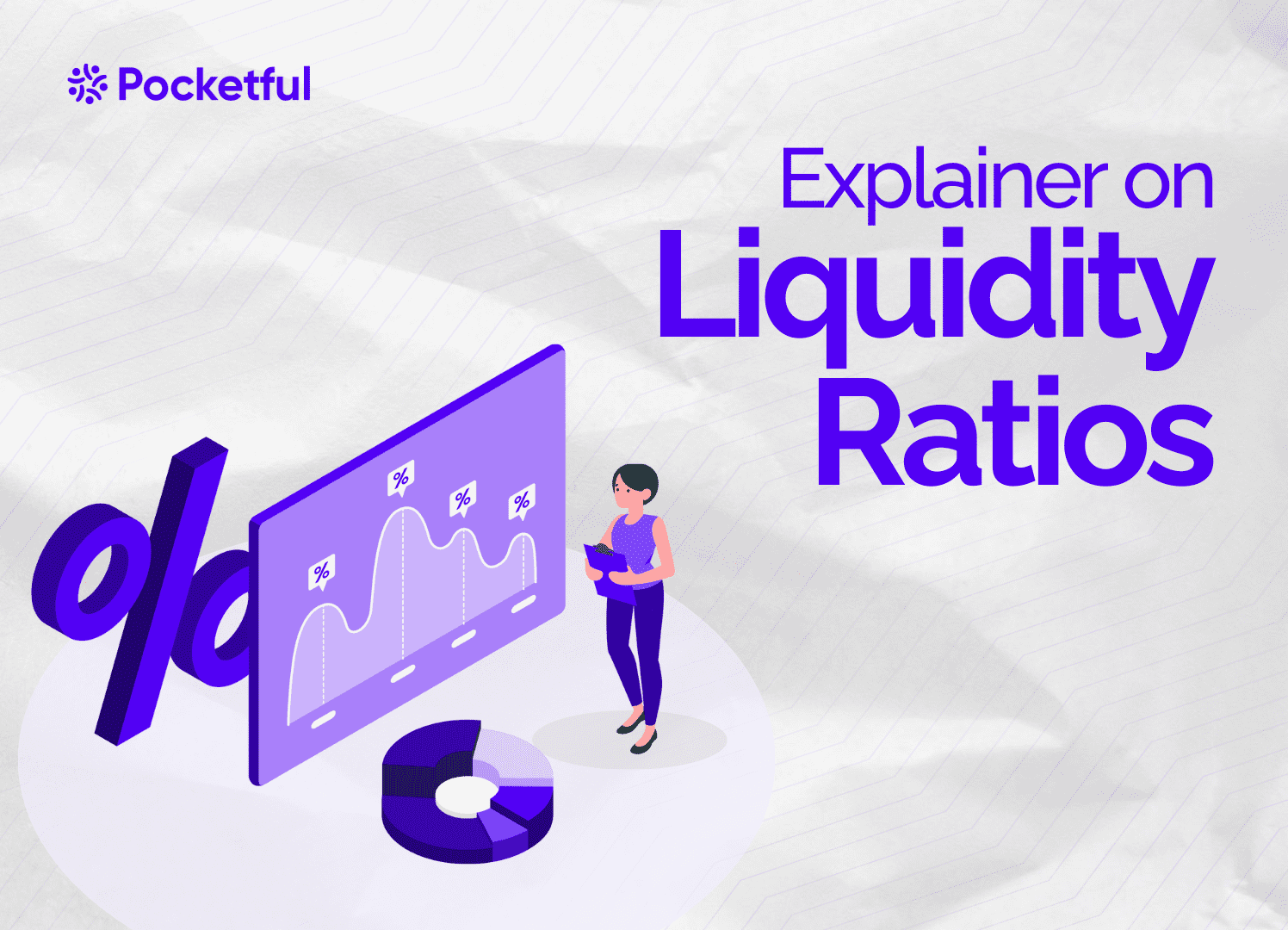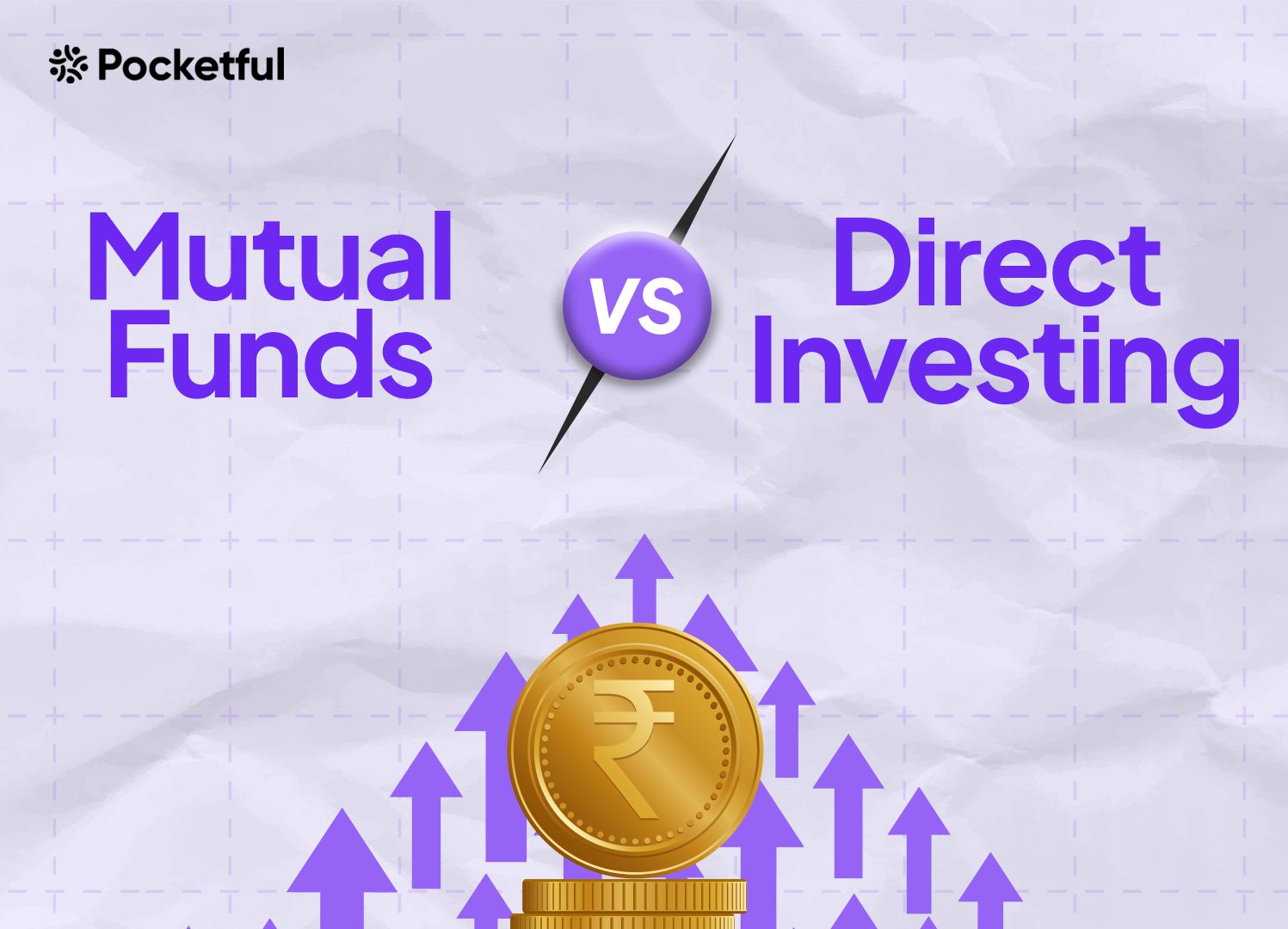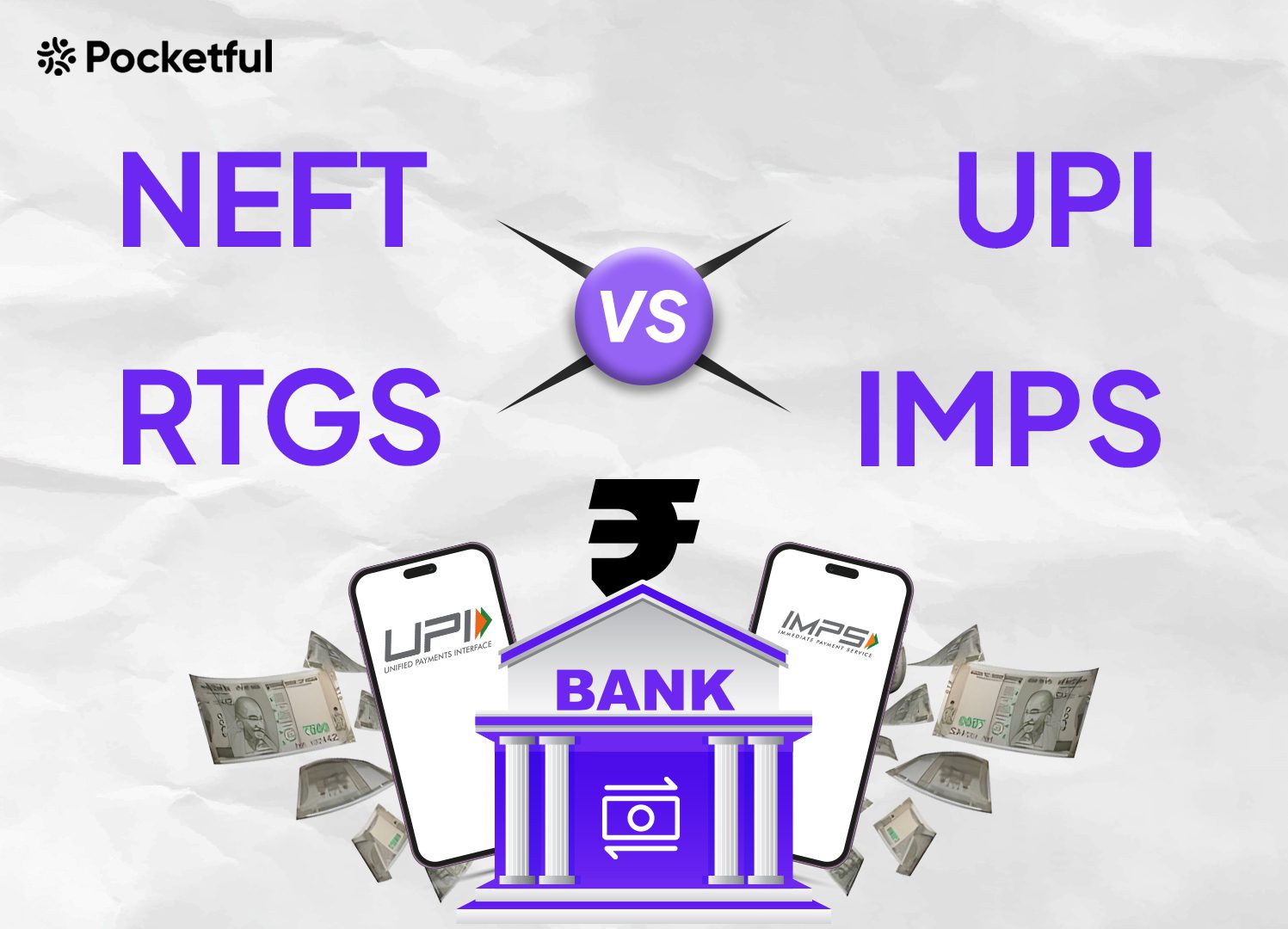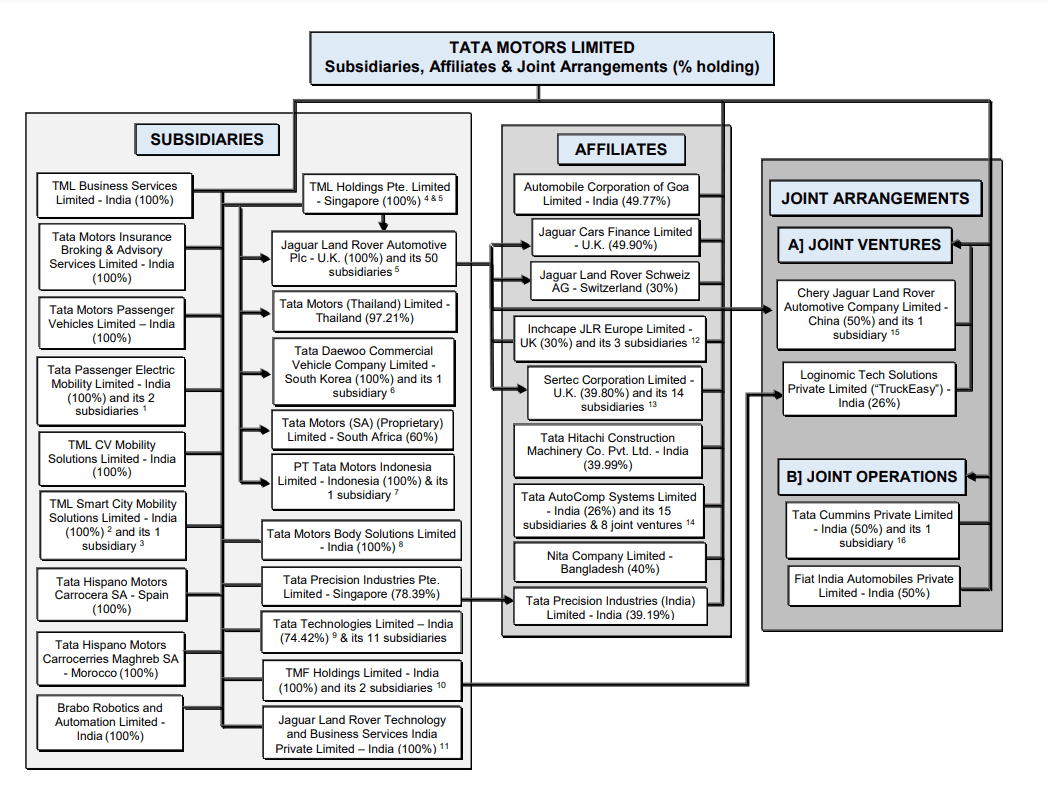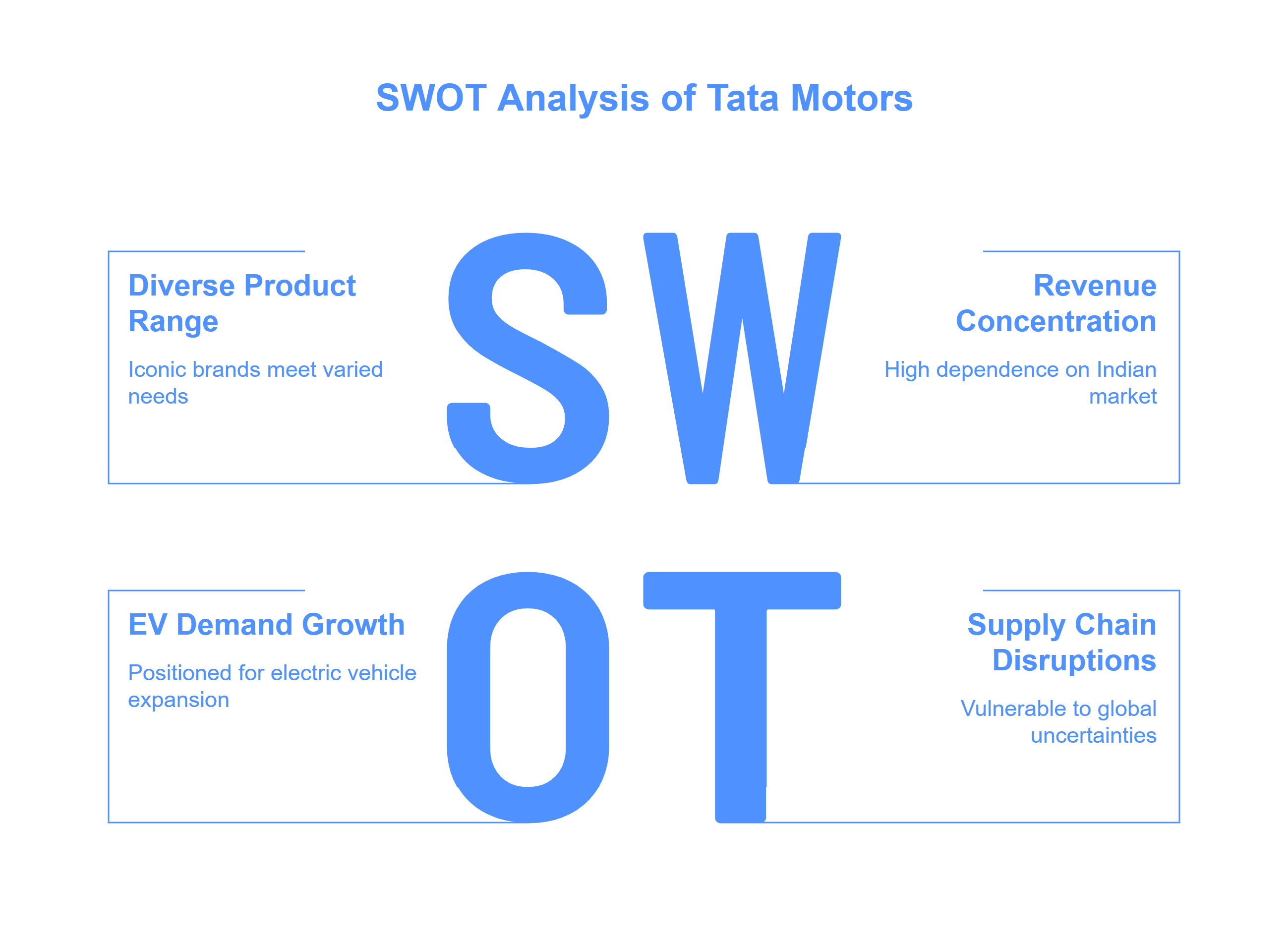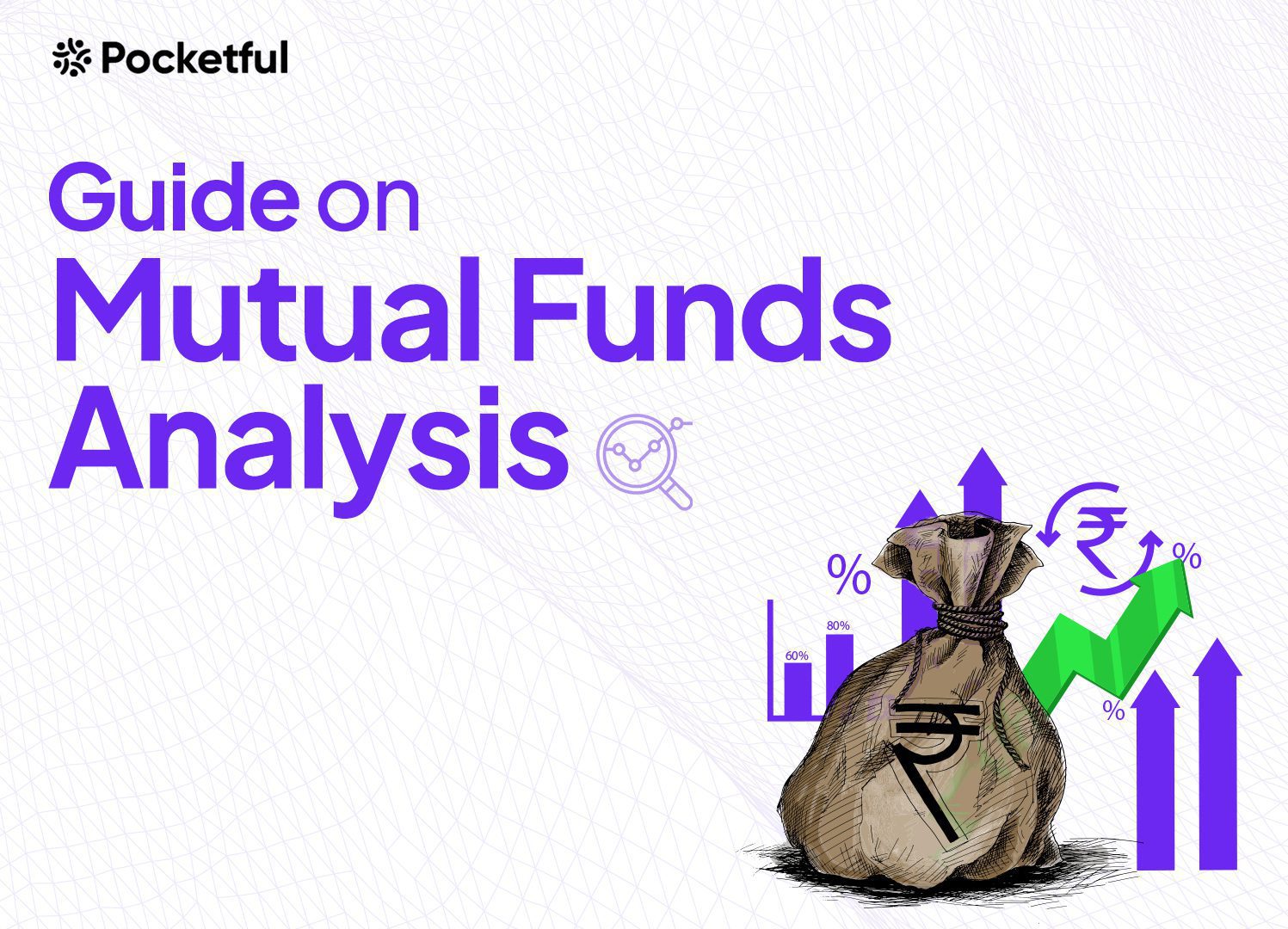Before investing, a long-term investor considers a company based on several factors, including its business model and plans for future growth. One of the most significant parameters is a company’s financial situation.
Various types of ratios contribute to assessing a company’s financial health, with the liquidity ratio being one of them.
Ratio Analysis
This technique evaluates a company’s financial situation by extracting information from multiple financial statements and comparing it over time. It aids in identifying growth opportunities and detecting potential issues.
Importance of Ratio Analysis
1. Ratios provide insights into the company’s historical performance, enabling predictions about its future performance.
2. It serves as a language for informing stakeholders, including creditors, stakeholders, financial analysts, and management, about financial situations.
3. Ratios play a crucial role in identifying weaknesses within the organization and areas requiring additional attention.
4. The management can formulate policies by analyzing the ratios.
Types of Ratios
1. Liquidity Ratio – This assesses the company’s capacity to settle its short-term obligations.
2. Solvency Ratio – Also referred to as leverage ratio, these evaluate the company’s capability to repay its long-term debts.
3. Profitability Ratio – Used to gauge the company’s profit generation from its operational activities.
4. Activity Ratio – It measures how efficiently a company utilizes its assets to generate revenue, also known as efficiency or turnover ratio.
5. Earning Ratios – Investors typically utilize these ratios to get a wide definition of the company’s earnings based on many financial parameters and gain insight into the returns on their investments.

Read Also: Explainer on Imitation Investing: Psychology, Advantages, Limitations, and Strategies
Liquidity Ratios – Overview
The liquidity ratios aid in assessing the company’s capacity to fulfill short-term obligations. It gives us a better picture of how well the corporation can turn its assets into cash.
Before granting a loan, creditors of the company typically analyze this ratio to ensure that the recipient company has the financial capacity to repay the loan. An company’s creditworthiness in the market suffers if it is unable to make its financial obligations on schedule.
Types of Liquidity Ratios
There are four types of liquidity ratios.
Current Ratio
This ratio is computed to assess the company’s capacity to sell its short-term assets to pay off its short-term liabilities.
Formula – Current Ratio = Current Asset/Current Liability
A company’s current assets are all it owns and can turn into cash in less than a year. Conversely, the current liability category includes all short-term debt that must be paid back within a year.
Inference – A ratio of more than 1 indicates that the company has more current assets than its current liability, thus making it easier to pay off the current liabilities.
Quick Ratio
Since inventory cannot be quickly converted into cash, it is not included in the calculation of the company’s ability to satisfy its short-term liquidity needs under this ratio. Another name for it is the Acid Test Ratio.
Formula – Quick Ratio = (Current Asset – Inventory)/Current Liabilities
Inference – When the quick ratio is larger than 1, it means that the company does not need to consider inventory to pay its short-term liabilities.
Cash Ratio
Although it evaluates a company’s capacity to pay down short-term debt with just liquid assets, this ratio is also used to gauge a company’s liquidity. Only cash and cash equivalents are considered liquid assets in this context. This percentage is typically employed by the people or entity providing the loan.
Formula – Cash Ratio = Cash and cash equivalent/current liabilities.
Inference – The ideal cash ratio is considered to be 1.
Net Working Capital Ratio
This ratio is used to assess if a business has enough cash on hand to fund its working capital activities. The difference between current assets and current liabilities is defined as working capital.
Formula – Net Working Capital Ratio = Net Working Capital/Total Assets
Inference – A higher ratio suggests that the major portion of the company’s assets are acquired by short-term resources which suggests a better liquidity position in the short-term.

Importance of Liquidity Ratios
1. The company’s creditors verify the company’s liquidity to determine whether or not the borrower will be able to repay the loan on schedule before extending credit to the firm.
2. It is important for the management to monitor the company’s cash flow and make arrangements for more funds if necessary.
3. An informed financial decision can be taken after performing a proper analysis of the company’s liquidity ratio.
4. Different liquidity ratios assist the company’s management in creating fresh plans for the business, which ultimately aids in its growth.
Read Also: Explainer on Cigar Butt Investing: Features, Advantages, Limitations, and Suitability Explained
Conclusion
One crucial metric for assessing a company’s liquidity is its liquidity ratio. It illustrates a company’s ability to handle debt payments. Moreover, creditors utilize these ratios to determine a company’s creditworthiness. Consequently, long-term investors should analyze the business’s liquidity ratios before making investment decisions. Additionally, it’s essential to consider risk factors.
Frequently Asked Questions (FAQs)
Which of the liquidity ratios are most commonly used?
The quick and current ratios stand out as the most frequently used liquidity ratios.
What is the ideal current ratio?
The quick and current ratios stand out as the most frequently used liquidity ratios.
Among quick ratio and current ratio, which one is better?
While both ratios serve their purposes, the quick ratio outshines the current ratio due to its exclusion of inventory, which can be challenging to convert into cash.
What is the other name of quick ratio?
The quick ratio, alternatively referred to as the acid test ratio, offers insight into liquidity.
How can we calculate the current ratio?
The formula to compute the current ratio is current asset/current liability.
